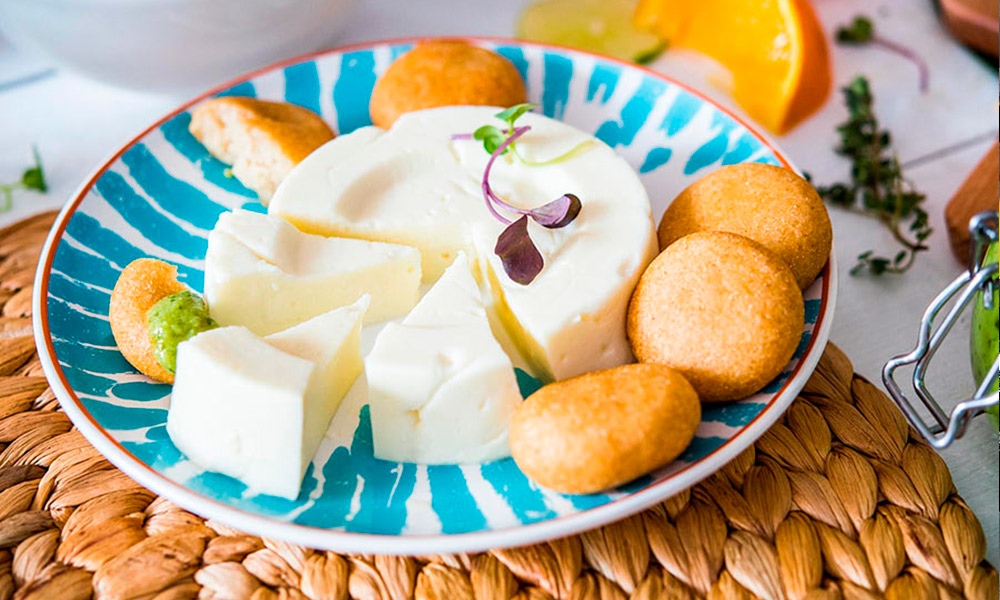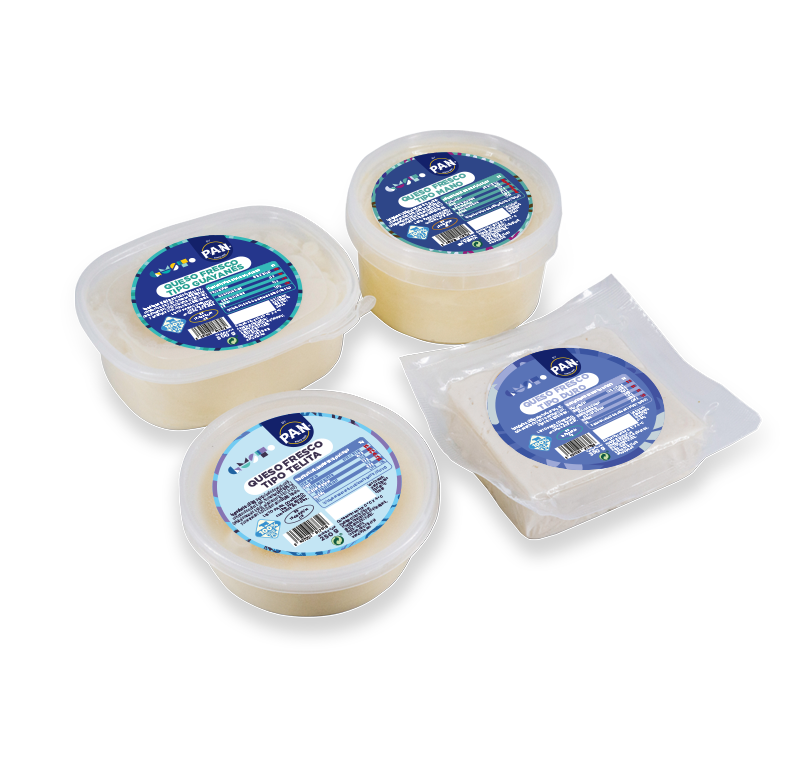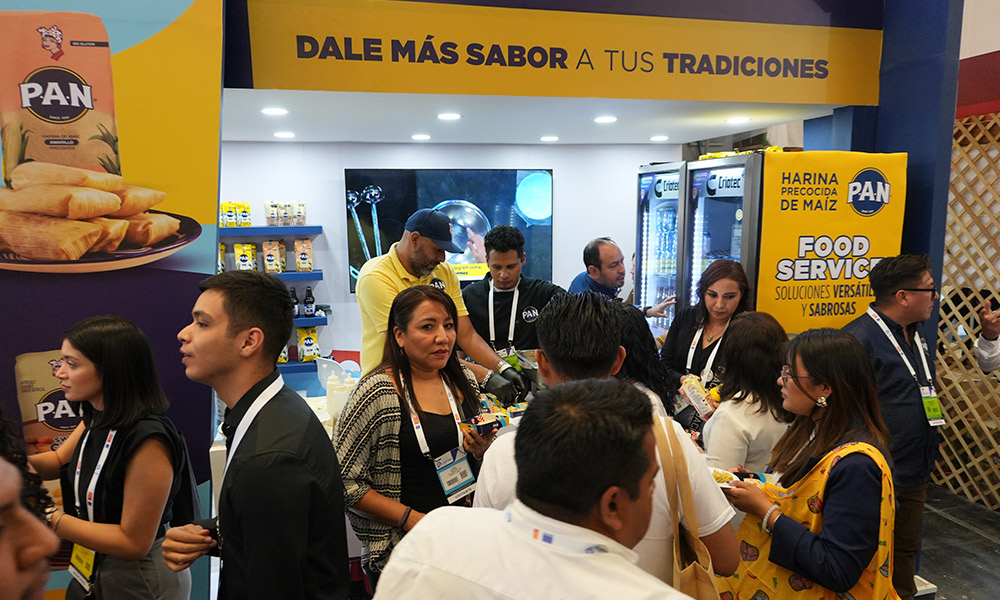This website uses cookies so that we can offer you the best possible customer experience. LThe data from these cookies is stored in your browser and helps your browser to better analyze and recognise you when you return to our online store or to find out which pages or sections of our website you find most interesting and why.
Learn about the different types of Venezuelan cheeses and how to combine them in the best way

Whether at breakfast, lunch or dinner, Venezuelan cheeses are always present at our table; as a complement to a good pabellón criollo, as the main ingredient in a delicious cachapa or in a delicious arepa, the richness of dairy products is essential in Venezuelan gastronomy. The variety of Venezuelan cheeses is so wide that they can be combined with sweet or savory dishes, so we will explain which are the types of Venezuelan cheeses and how to eat them.
Why do Venezuelan cheeses stand out and what are their characteristics?
One of the main characteristics is its versatility to be combined with a wide range of typical products of Venezuelan gastronomy; we should add the softness with which the white cheese takes shape and offers us its flavor.
The traditional recipes that have been used to manufacture and perfect them over time also make them unique; elaborate and delicate processes where the quality of the raw material used is key.
Cheeses can be made from either cow’s or goat’s milk, depending on the texture, flavor and properties of the product.
Types of Venezuelan cheeses
Venezuelan cheeses are fresh, since during the production process they are not allowed to mature and are prepared from the curd.
The types of fresh cheese vary, above all, in their texture, in their degree of creaminess. The Guayanés type cheese is quite soft and is ideal for filling cachapas and arepas. The hand cheese is usually presented in slices, is a little firmer and, in addition to accompanying our typical dishes. Finally, the telita type cheese, which is perhaps the most representative of Venezuelans, is elastic and soft, ideal to accompany any meal.
HARD AND SEMI-HARD CHEESE
With a more rigid and dry texture, hard and semi-hard cheeses are an excellent choice for its durability when kept cold, as well as for grating and combining it with the ingredients of your preference. The difference between one and the other has to do with the salt added in its preparation; hard cheese contains more salt.
BRAIDED CHEESE
The braid cheese, as its name suggests, is in the shape of a braid, which makes it easy to cut into equal pieces. It can be made of either cow’s or goat’s milk, with a softness that helps to enjoy its special flavor.
NATA CRIOLLA (CREAM)
A separate case is the Nata Criolla, special for spreading on arepas, cachapas and others; its creaminess and ease of spreading complement the ingredients of typical Venezuelan dishes. A delicious arepa with a little cream spread is an irresistible combination.
You can find these and more products in our online store with nationwide shipping.

Discover all our cheeses here
The best ways to enjoy Venezuelan cheeses
As we have said before, fresh Venezuelan cheeses are an essential accompaniment to the typical dishes of Venezuelan gastronomy. The best recipes, whether it is a rich “sancocho” (soup) with pieces of semi-hard cheese, a cachapa of shredded meat with telita cheese or a fresh salad with braided cheese, look for in our cheeses a different and distinctive touch that always attracts attention.
CHEESE AREPAS
Although you don’t have to go to a famous recipe book or a very elaborate dish if you want to enjoy them; a rich arepa of hand cheese and cream would be enough.
TEQUEÑOS
What about tequeños? Special for snacking, these flour-wrapped cheese-filled snack are a fundamental part of any celebration in Venezuelan culture. A good portion of 5 or more tequeños becomes a quick and delicious option to please many diners, the recommended serving is always 3 – 4 tequeños per person.
VENEZUELAN CHEESE EMPANADAS
Within this category of fried products, Venezuelan cheese empanadas and cheese mandocas also serve as canapés in portions of 5 or more items.
Empanadas are different from the traditional arepa in their shape (a half-moon) and that, once filled before frying, they are sealed to preserve the flavor inside. They are eaten mainly at breakfast and lunch, and can be eaten as a main dish or as a starter. While mandocas are like doughnuts with corn flour and ripe plantains, mixed together, which gives them a soft texture and a sweet flavor, ideal to serve with salty cheese.
VENEZUELAN CACHAPAS
Another typical Venezuelan dish that is ideal to serve with Guayanese cheese are the cachapas, these sweet corn pancakes, which you can serve with meats, avocado, cheeses and serve them for breakfast, lunch or dinner.
We have taken a tour through the variety of Venezuelan cheeses, their applications and how they relate to the rest of the Venezuelan gastronomy. This is just a taste of the different possibilities that these versatile products open up.
Finally, let’s not forget that to maintain the essence of these rich cheeses it is important to keep them well refrigerated at the right temperature. This way we will preserve their maximum quality when we want to enjoy a typical Venezuelan meal.






